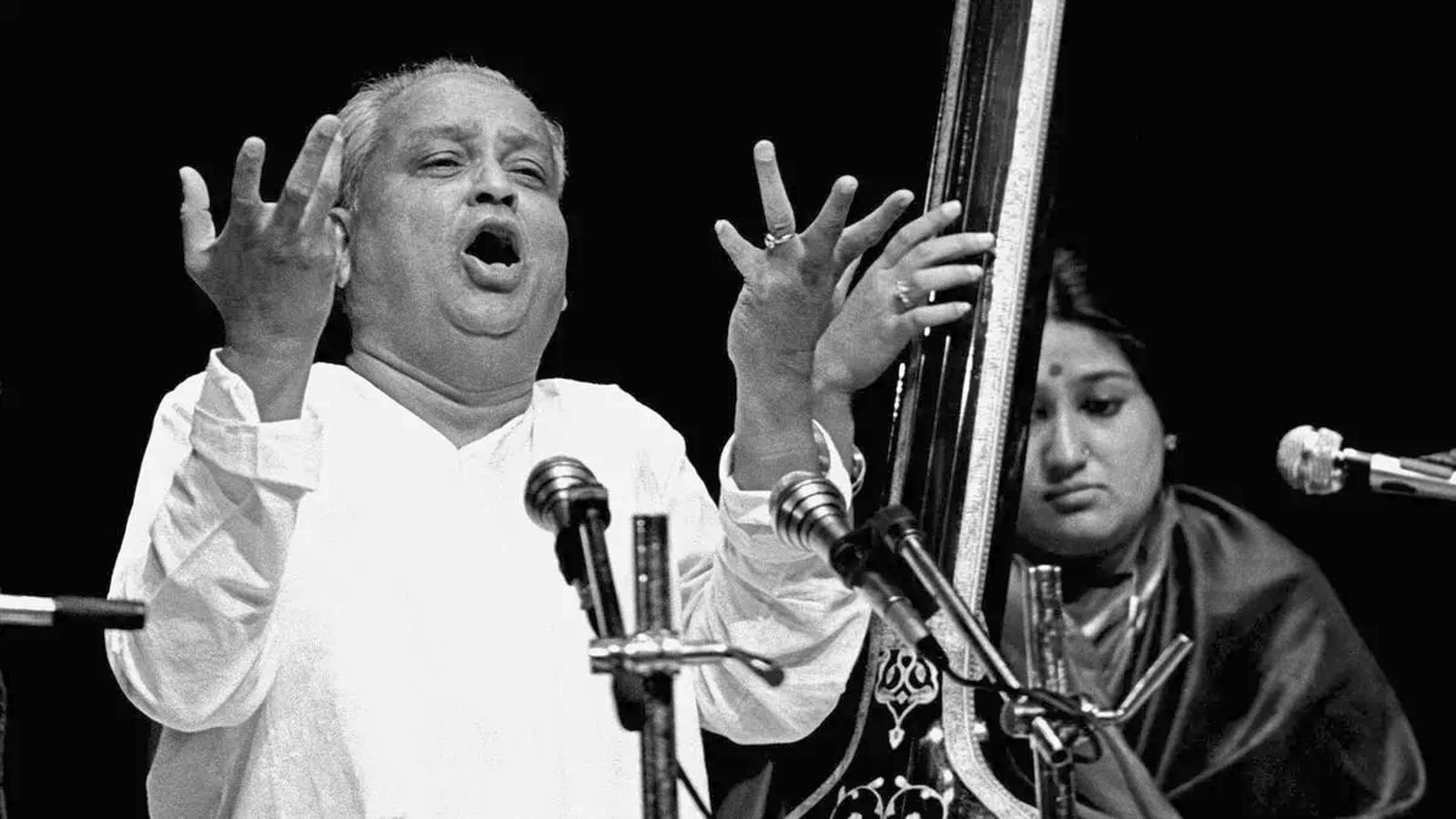Pandit Kumar Gandharva, one of the most renowned figures in Indian classical music, has made an enduring impact on music enthusiasts both in India and around the world. This master of Hindustani classical music not only pioneered numerous new ragas and compositions but also mentored a new generation of singers and musicians. Born as Shivaputra Siddharamayya Komkalimath, Kumar Gandharva was recognized as a musical prodigy from a young age.
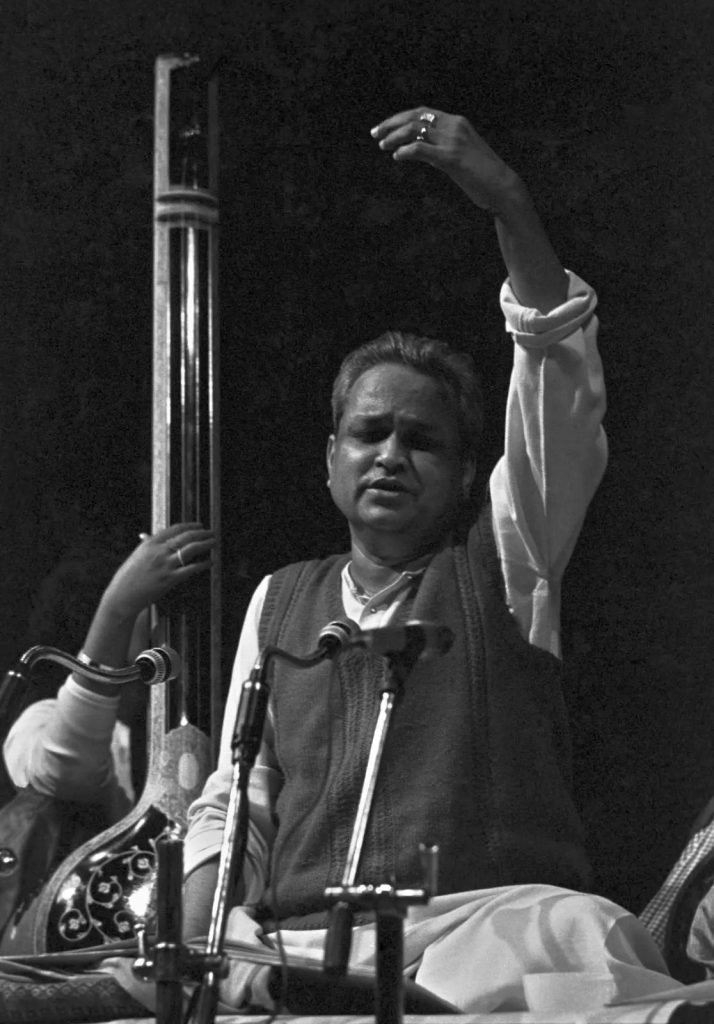
Table of Contents
Celebrating the Legacy of Pandit Kumar Gandharva
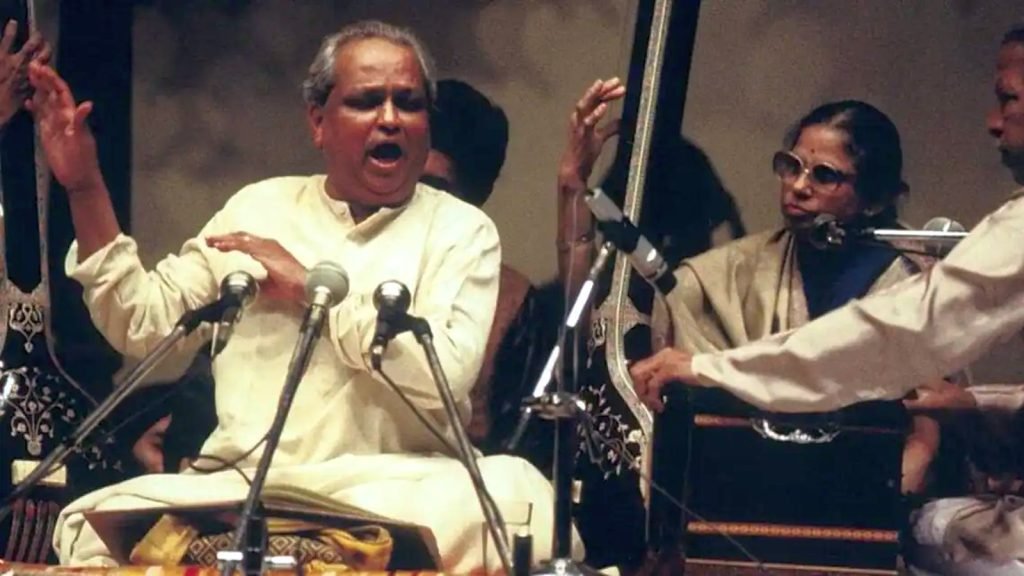
Early Life and Training:
Pandit Kumar Gandharva was born on July 8, 1924, in Belgaum, Karnataka, into a family with a rich musical heritage. His father, Siddharamayya Komkalimath, was a well-known folk singer, and Kumar Gandharva inherited his passion for music from an early age. However, his formal training began under the guidance of Pandit Vinayakbuwa Patwardhan, a renowned classical vocalist of the Gwalior Gharana.
While rooted in the traditions of the Gwalior Gharana, Kumar Gandharva was a rebel at heart, constantly pushing the boundaries of conventional musical practices. His thirst for innovation led him to explore diverse musical forms, including folk, bhajans (devotional songs), and even experimental genres like nirguni bhajans (songs dedicated to the formless divine).
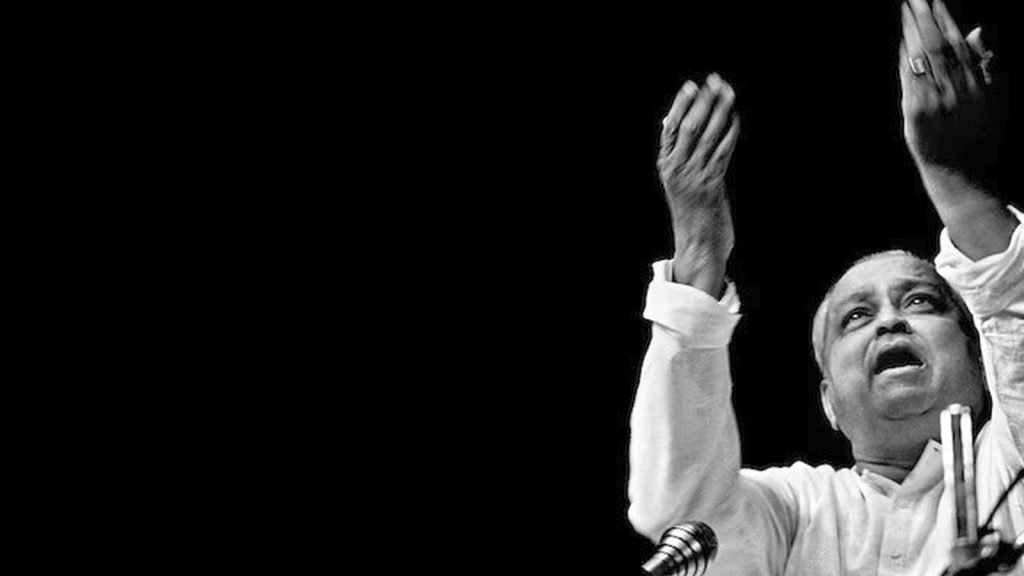
Musical Style and Innovation:
Pandit Kumar Gandharva’s music was marked by its emotional depth, introspection, and poetic sensibility. His unique style, often described as “Kumar Gandharva Gayaki,” combined the technical rigor of classical music with spontaneous and improvisational elements. His renditions were characterized by intricate melodic patterns, soul-stirring improvisations, and an ability to convey the essence of the lyrics he sang.
Kumar Gandharva was known for his profound understanding of the poetic texts he chose, which ranged from ancient Sanskrit compositions to works by renowned poets like Kabir, Meera, and Tukaram. He breathed life into these verses, infusing them with his own interpretations and emotional intensity. His renditions of Kabir’s dohas (couplets) and Meera’s bhajans are particularly cherished for their depth and spirituality.
In addition to his mastery over traditional ragas, Kumar Gandharva was also a pioneer in introducing new ragas and reviving forgotten or lesser-known ragas from ancient texts. His compositions and innovations expanded the repertoire of Indian classical music, enriching it with new possibilities and tonal landscapes.
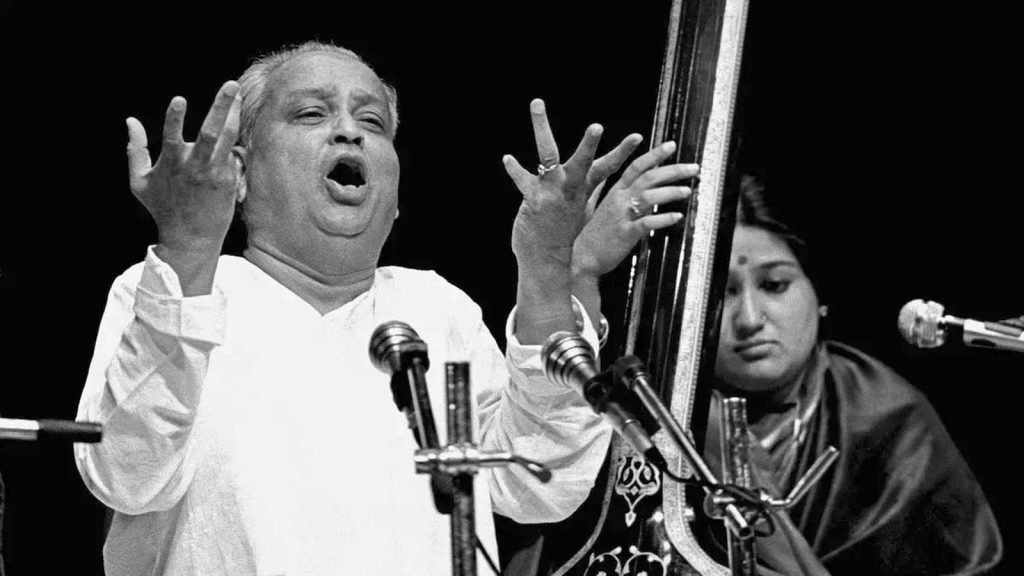
Impact and Influence:
Pandit Kumar Gandharva’s music had a profound impact on both the classical music fraternity and the wider audience. His unconventional approach challenged traditional norms and paved the way for experimentation within the classical genre. He was instrumental in bridging the gap between classical and folk music, creating a synthesis that appealed to a broader audience while maintaining the integrity of the art form.
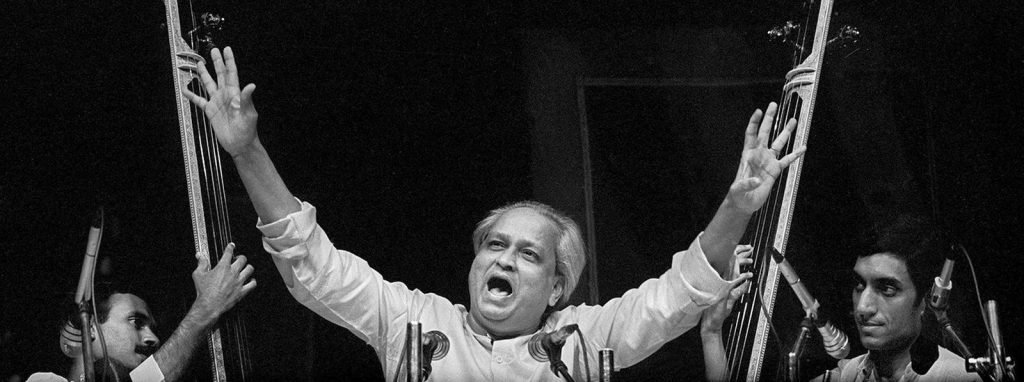
Kumar Gandharva’s emphasis on emotional expression and introspection resonated deeply with listeners, transcending linguistic and cultural barriers. His performances were not mere displays of technical virtuosity but deeply personal and transformative experiences. He believed that music had the power to touch the soul and invoke spiritual awakening, and his renditions often evoked a sense of transcendence and catharsis.
As a teacher, Pandit Kumar Gandharva nurtured several disciples, including his wife, Vidushi Vasundhara Komkali, who carried forward his musical legacy. His teachings emphasized the importance of creativity, innovation, and emotional connectivity in music, inspiring future generations to explore new horizons within the classical tradition.
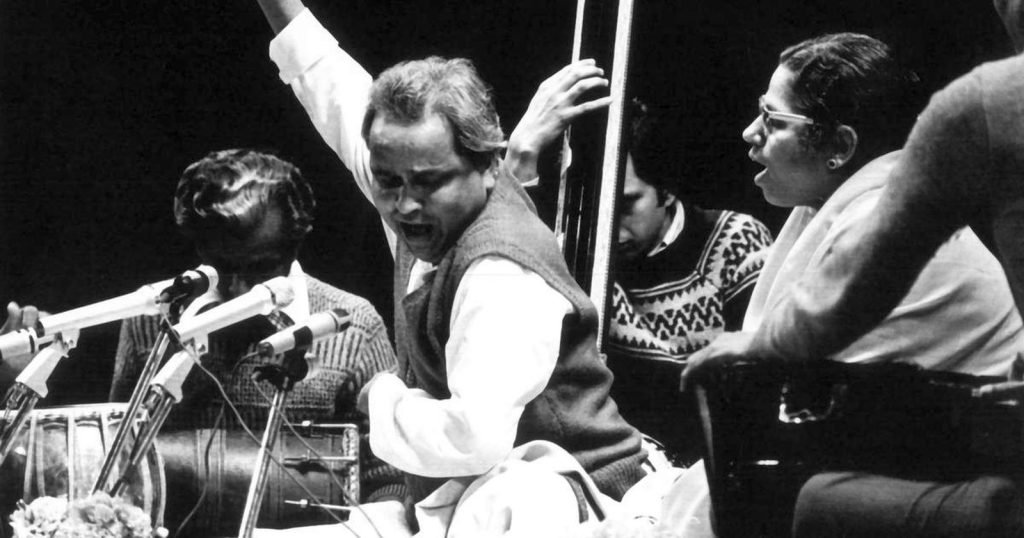
Pandit Kumar Gandharva received numerous accolades and honors throughout his career, including the prestigious Padma Vibhushan, India’s second-highest civilian award, in 1990. His contributions to Indian music were recognized globally, and he performed at esteemed venues and festivals around the world, leaving an indelible impression on international audiences.
On the birthday of Pandit Kumar Gandharva, we celebrate the life and music of a visionary artist who revolutionized Indian classical music. His exceptional vocal abilities, innovative spirit, and profound interpretations continue to inspire musicians and music lovers alike. Through his creative genius, he expanded the boundaries of the genre, blending traditional and experimental elements to create a truly unique style. As we pay homage to this legendary maestro, let us remember his enduring legacy and the enduring power of music to touch our hearts and souls.
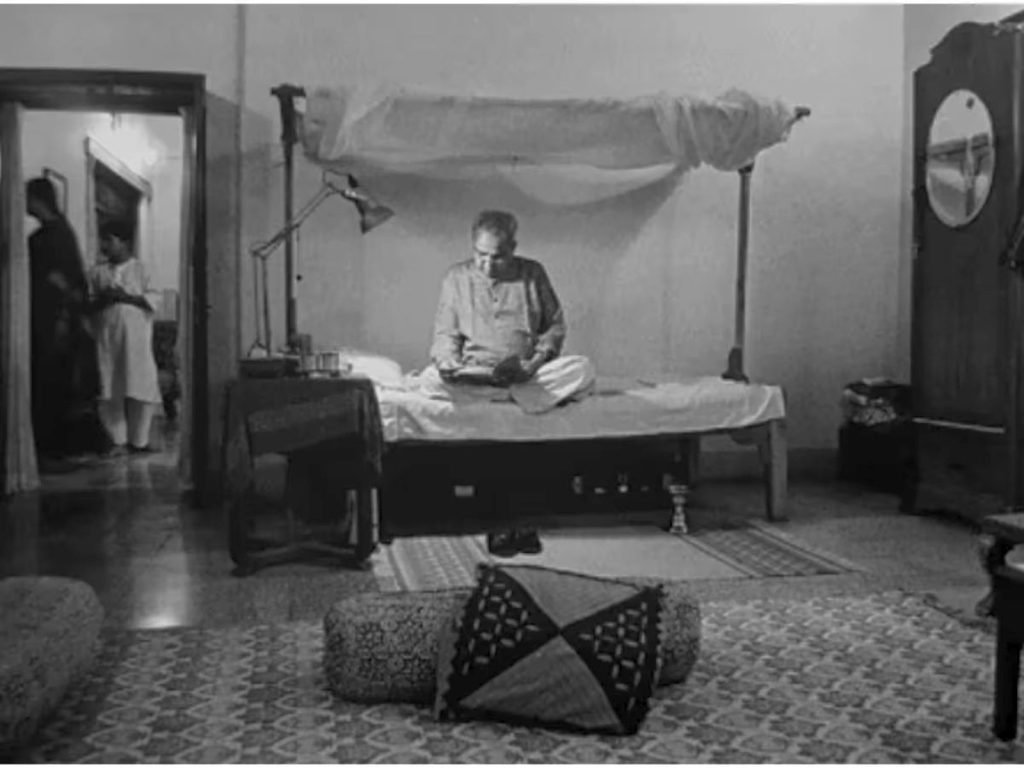
Some less known facts about Pandit Kumar Gandharva:
- As one of his lungs was severely damaged, the legendary musician had to eventually make some changes in his singing style. Therefore, he began experimenting with rags and also fused the already existing ones.
- Even before Kumar Gandharva’s career took shape, he was unfortunately diagnosed with tuberculosis. Keeping the severity of his condition in mind, doctors even asked him to stop singing.
- Following the doctor’s advice, Kumar Gandharva shifted to Madhya Pradesh, hoping that the dry climate might help him in improving his condition. But, sadly nothing improved his chances of singing until 1952, when streptomycin, an antibiotic medicine to treat tuberculosis was introduced in India and it helped him to recover.
- In 1977, the legend was also felicitated with India’s third-highest civilian award, Padma Bhushan, for his contribution to the field of Indian classical music. Later in 1990, he was also honoured with India’s second-highest civilian award Padma Vibhushan.
- It was in 1953 when he performed his first concert right after his recovery.
- Kumar Gandharva is known for introducing many new ragas, which are collectively called Dhun Ugam Raagas.
- Kumar Gandharva was trained by a well-known classical singer Guru BR Deodhar, after which he went on to develop his own individual style of singing. After this, he refused to confine within a particular gharana, which earned him a reputation of being both a rebel and a pioneer.
- Opting for a theme and then arranging a set of ragas and folk songs, Kumar Gandharva put them in precise order. Some of those themes are Geet Varsha, Geet Hemant and Ritu Raaj.
- The legacy of Kumar Gandharva, who breathed his last on January 12, 1992, is being carried forward by his daughter Kalapini Komkali and son Mukul Shivputra, an accomplished classical singer.
- The legendary singer was conferred the title of Kumar Gandharva due to his exemplary singing skills since his childhood.
- While the maestro was lauded by the audiences for his distinct style, Kumar Gandharva was criticised by the traditional exponents of classical music for all the new experiments he introduced.
See more:
